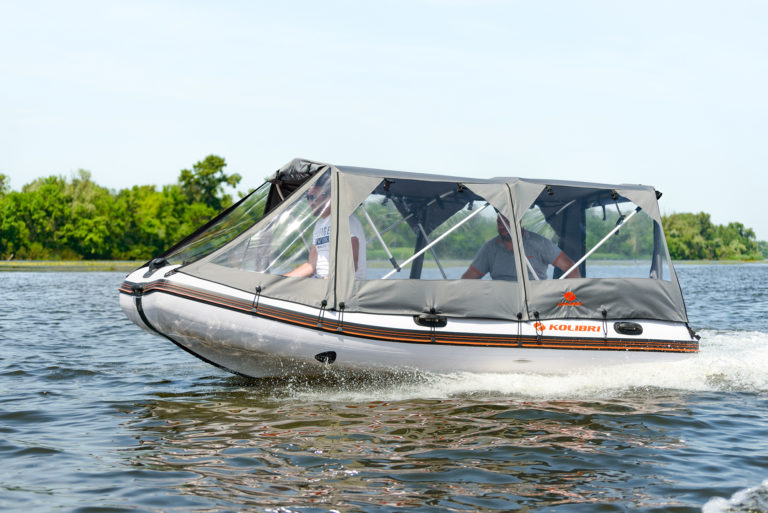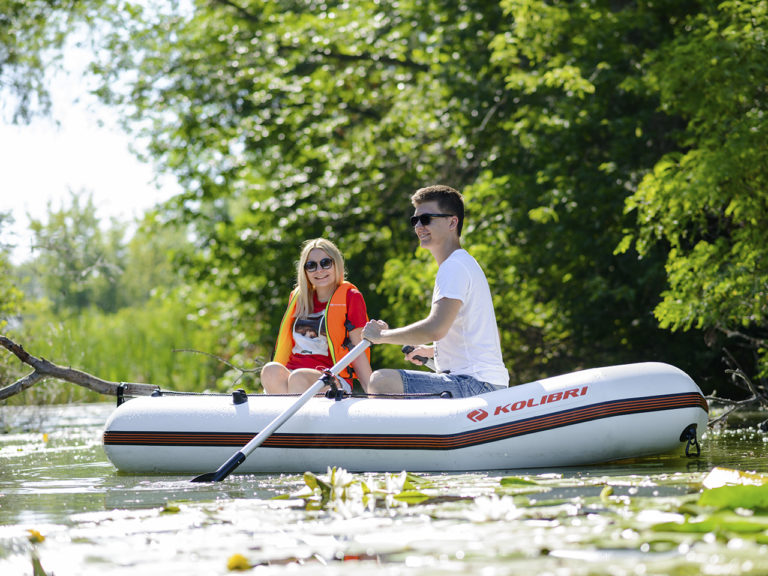Why does a PVC boat need a transom?
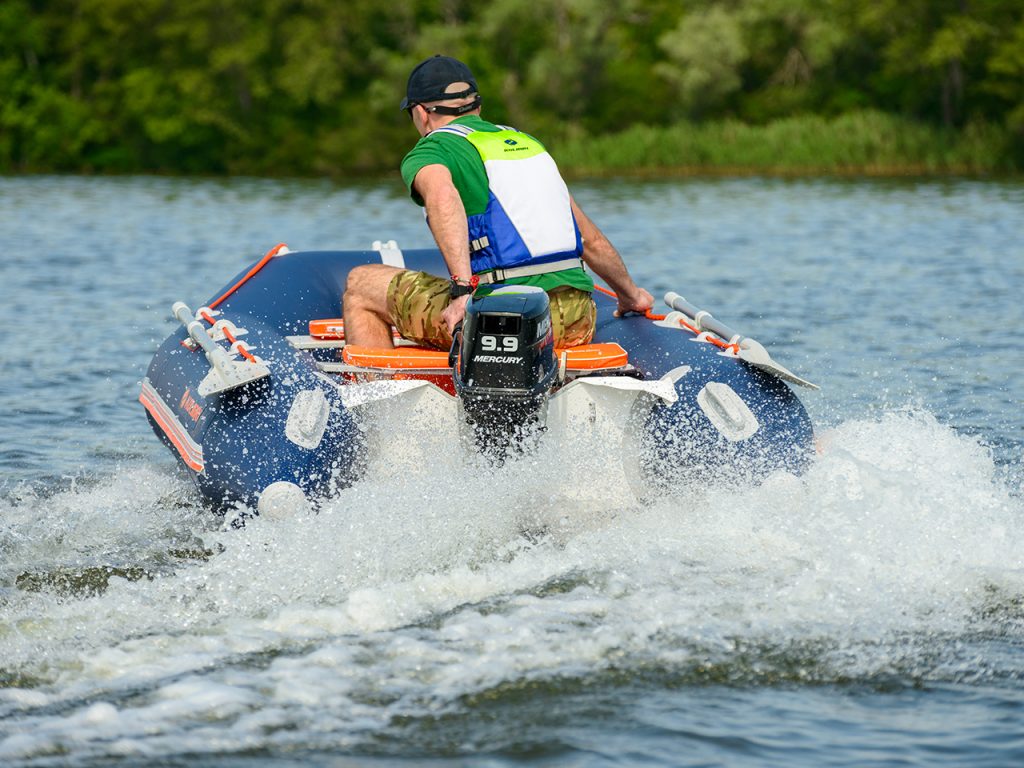
What does it take to turn an ordinary inflatable boat into a high-speed motor boat? Of course, this requires the use of a motor. And the motor must somehow be attached to such a boat. For this, just different types of transoms serve. What is a boat transom, where is the transom on a boat, why do you need a boat transom, about the varieties of transoms, their choice and characteristics, fastening and features will be discussed in this article.
What is an inflatable boat transom?
So, let’s find out what is a transom on a boat.
A transom is a rigid plate with a length equal to or less than the width of the boat, which serves to drive an outboard motor on it. The transom is located in the aft part of the boat. The transom must be in harmony with the overall layout of the inflatable boat, have sufficient strength, withstand static loads from the weight of the motor, and dynamic loads that occur during the operation of the PVC inflatable motor boat (from propeller stop, vibration, when hitting underwater obstacles and when reversing).
We hope that the question of what is the transom on a boat has been resolved.
The main types of transom
Depending on the method of attachment to the hull of the boat, the transoms are divided into two groups – removable (mounted) and stationary (glued).
Removable (mounted) transoms
They are used for mounting light motors on rowing boats, where the possibility of attaching a transom is provided. Such transoms are made of plastic or waterproof plywood. They have a simple mounting system and the ability to quickly install.
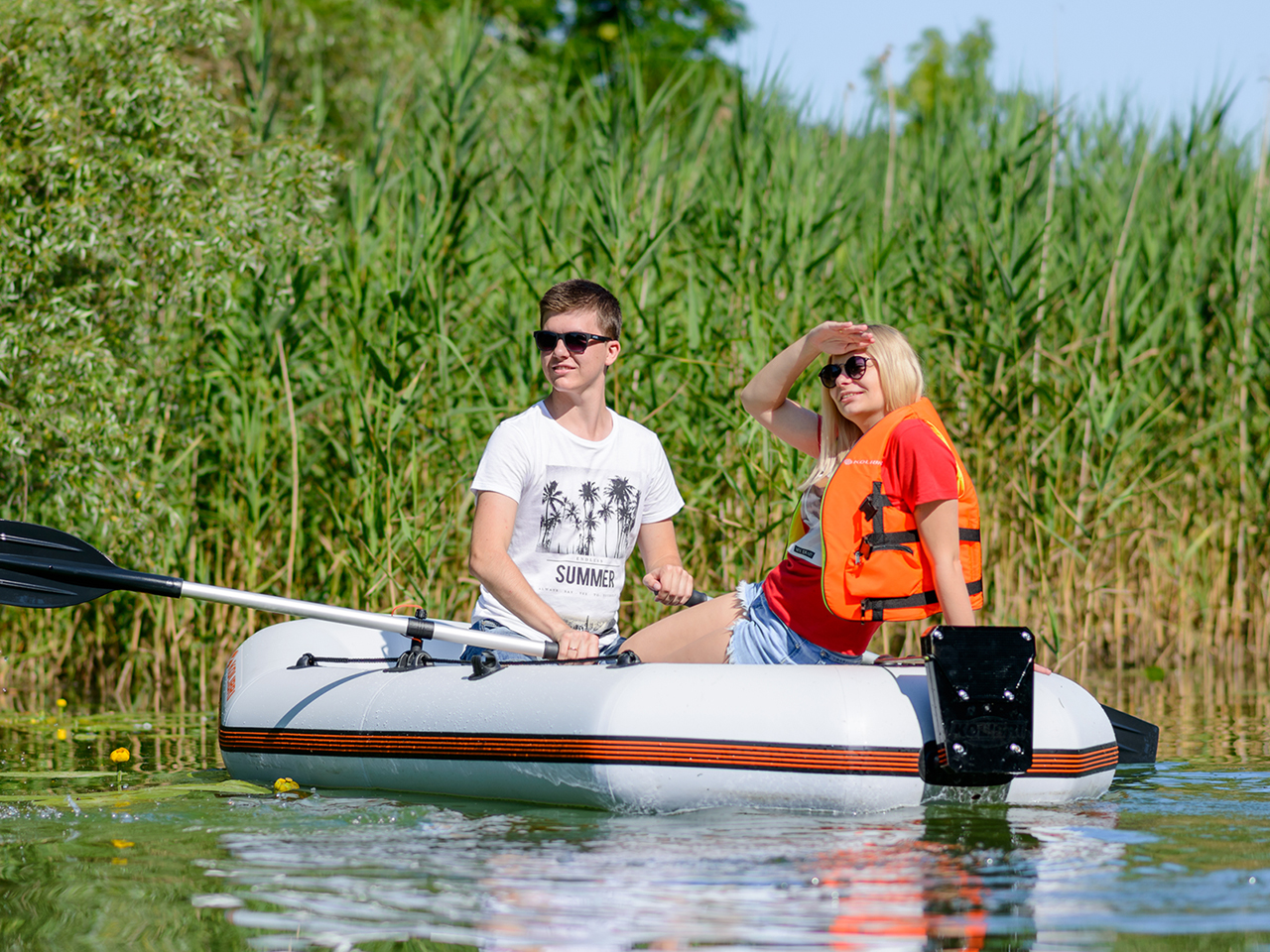
Stationary (glued) transoms
They are used for mounting medium and high power motors on motor boats, where such a transom on boat is an integral part of the hull. Such a transom of a boat is made of plastic or waterproof plywood and is equipped with a special pad on which the motor clamp is put on. The pad can be plastic or metal, it serves to protect the transom board from damage when fixing the motor and has the ability to adjust in height.
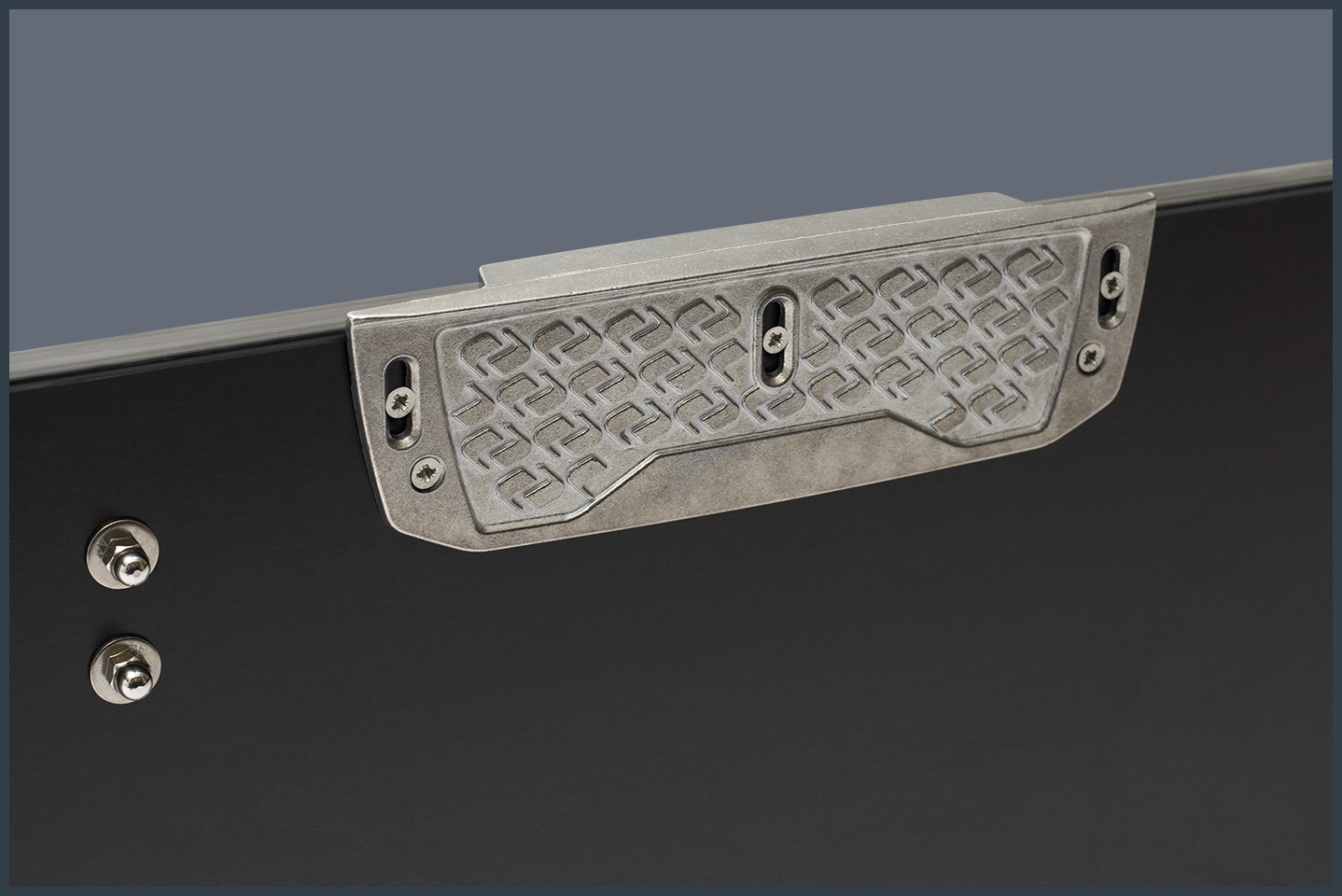
Application of transom in PVC inflatable boat
Glued stationary transoms are used on inflatable boats with outboard motors of medium and high power. They are part of the hull of the transom boat and hermetically close the cockpit from the stern.
The angle of the vertical inclination of the transom and the possibility of its height adjustment significantly affect the dynamic characteristics of an inflatable motor boat. This angle varies between 4-6 degrees. This is necessary to sufficiently submerge the legs of the outboard motor.
The optimal position of the engine increases the speed of the boat and reduces the amount of spray behind the stern. Right transom tilt angle optimizes propeller performance and reduces fuel consumption. It also reduces the risk of catching air in the propeller.
Low power motors on removable transoms usually have the ability to turn horizontally up to 180 degrees, this does not have a very critical effect on the stability of the boat when turning at low speed.
Motors of medium and high power on stationary transoms can usually turn no more than 90 degrees, in order to avoid capsizing the boat at high speed in turns.
The transom of boat can be used, in addition to mounting the motor, for mounting additional equipment – echo sounders, spinning rods, etc.
How to choose a transom for an inflatable boat?
Removable transom selection
The question of choosing a transom for an inflatable boat can only be in the case of a removable hinged transom for inflatable rowing boats, where it is possible to install it. The transom on a boat should be selected based on the compatibility of the boat model with the transom model – to match the seat in the stern of the boat with the transom mounts.
KOLIBRI hinged transom is made of plastic, has an original mounting design on two upper supports and a lower support integrated into the stern handle for carrying the boat. The choice of color – black or gray, depending on color of your boat is possible.
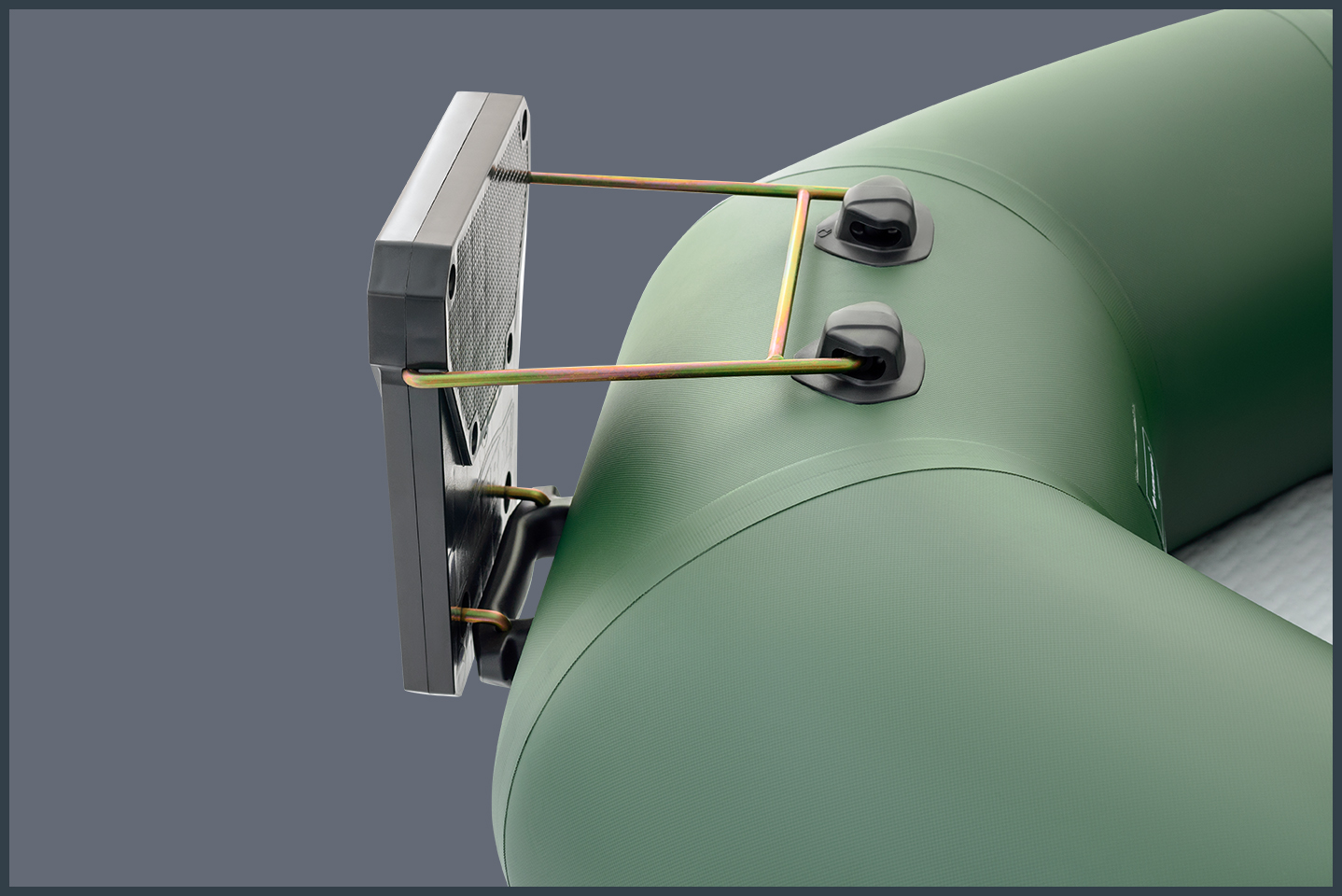
The mounted transom is designed for light motors with a power of no more than 3 hp. Accordingly, a boat with such a transom and motor is not designed for high-speed driving.
Selecting a fixed transom
The choice of a stationary transom is actually the choice of a specific boat model, because in boats with a fixed transom, you can only change the transom pad (plastic or metal). In such models, the transom is part of the hull of the boat, and it is installed in the factory during the manufacturing process.
If you use a motor from 3.5 hp. and more powerful, then your choice is a boat with a stationary transom.
Installing a transom on a PVC inflatable boat
Installing a transom on a PVC boat depends on the type of transom itself.
Stationary transom
The stationary transom is initially installed by the boat manufacturer. Such a transom is made of waterproof plywood and is fixed in special transom mounting supports glued to the sides of the boat. In the central part of the transom is a plastic or metal transom pad, which, in turn, is attached to the outboard motor.
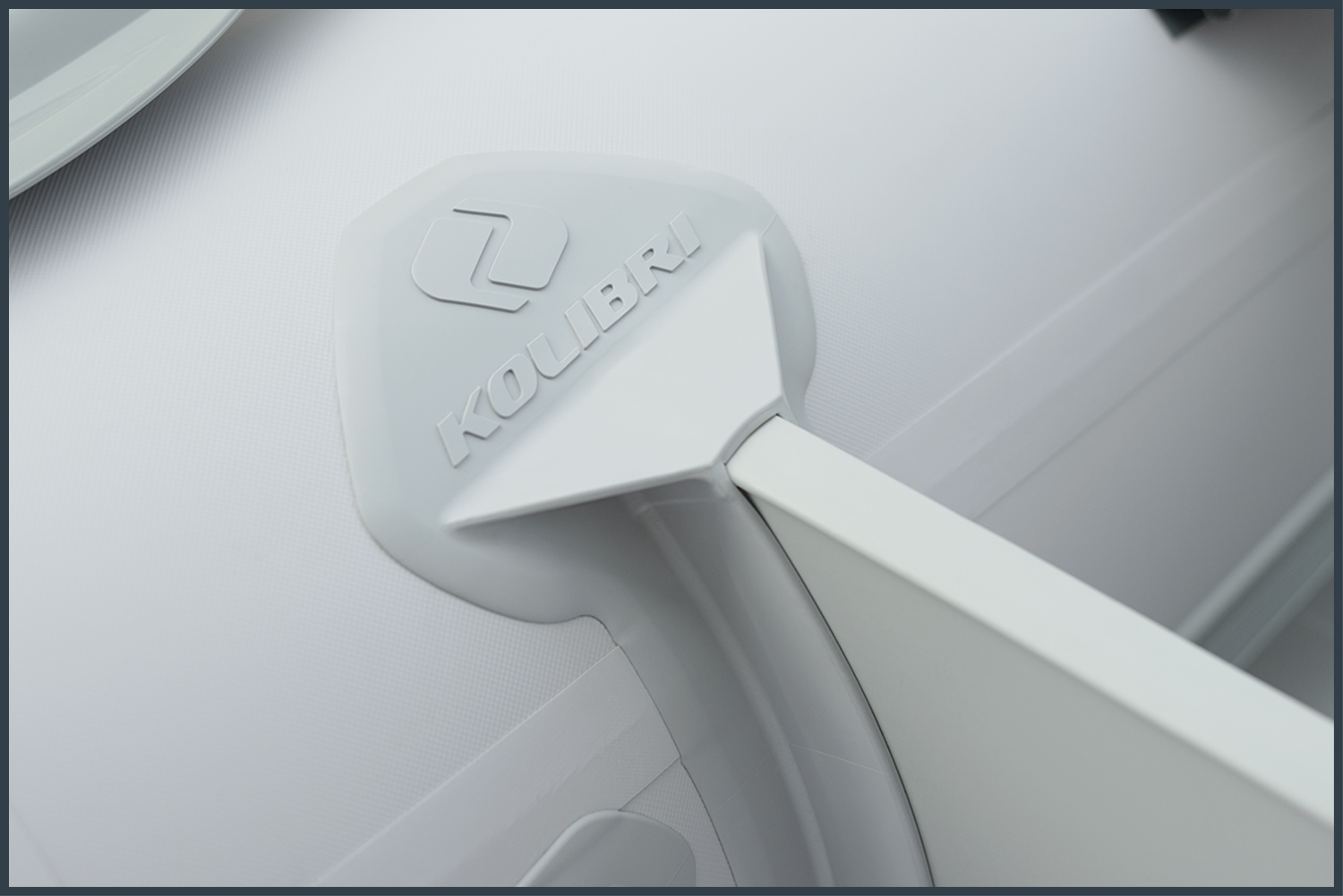
The stationary transom of the boat can have holes for draining water from the cockpit, and transom wheels can also be attached to it for transporting the boat.
Mounted transom
The hinged removable transom of the boat is attached by the user independently to the tube of the boat in the aft part of it – by inserting metal brackets into the holes of the upper plastic supports specially designed for this, glued to the side, and the lower support integrated into the stern handle for carrying the boat.
The mounted transom is installed on a slightly deflated cylinder, after which it must be pumped up to a nominal pressure of 0.15 bar.
So, you have received the necessary information for choosing a transom for the motor for your inflatable boat. By visiting the section of the KOLIBRI website, where accessories for boats are presented, you can get a detailed idea of the components you need.


